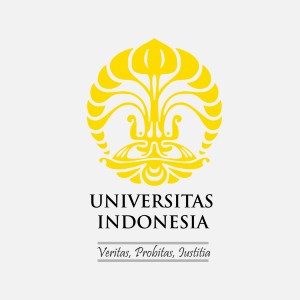Improvement in maternal knowledge, attitudes, and children’s weight with education on World Health Organization feeding recommendations

Published: 28 March 2023
Abstract Views: 784
PDF: 647
Publisher's note
All claims expressed in this article are solely those of the authors and do not necessarily represent those of their affiliated organizations, or those of the publisher, the editors and the reviewers. Any product that may be evaluated in this article or claim that may be made by its manufacturer is not guaranteed or endorsed by the publisher.
All claims expressed in this article are solely those of the authors and do not necessarily represent those of their affiliated organizations, or those of the publisher, the editors and the reviewers. Any product that may be evaluated in this article or claim that may be made by its manufacturer is not guaranteed or endorsed by the publisher.
Similar Articles
- Rose Nirwana Handayani, Defi Efendi, The impact of multiple insertions on peripheral intravenous access in low-birth-weight infants in perinatology , La Pediatria Medica e Chirurgica: Vol. 43 No. s1 (2021)
- Tri Arianingsih, Dessie Wanda, Nur Agustini, Children’s feelings in isolation rooms during COVID-19 hospitalization , La Pediatria Medica e Chirurgica: Vol. 45 No. s1 (2023)
- Salvatore Arena, Tiziana Russo, Patrizia Perrone, Carmelo Romeo, Operative cystoscopy in the neonatal period , La Pediatria Medica e Chirurgica: Vol. 38 No. 3 (2016)
- Ismael José Dorta Luis, Paloma González Carretero, Carmen Luz Marrero Pérez, Ignacio Hernández Cabezudo, Antonio López Figueroa, Andrea González Palau, Pulling out a broken catheter using interventional radiology in a preterm. Neonatal intensive care , La Pediatria Medica e Chirurgica: Vol. 43 No. 1 (2021)
- Mario Lima, Eduje Thomas, Neil Di Salvo, Tommaso Gargano, Giovanni Ruggeri, Paediatric surgery in the robotic era: early experience and comparative analysis , La Pediatria Medica e Chirurgica: Vol. 41 No. 1 (2019)
- Elena Panuccio, Daniele Priano, Valerio Caccavella, Antonio Memeo, Slipped capital femoral epiphysis: Diagnostic pitfalls and therapeutic options , La Pediatria Medica e Chirurgica: Vol. 44 No. s1 (2022)
- Valentina Luppi, Marco Corradin, Roberto Schiavon, Silvia Pierantoni, Andrea Micaglio, Avascular necrosis of the first metatarsal head in adolescence: A case report , La Pediatria Medica e Chirurgica: Vol. 44 No. s1 (2022)
- Chiara Arrigoni, Nunzio Catena, Chronic Monteggia in pediatric population: A narrative literature review , La Pediatria Medica e Chirurgica: Vol. 44 No. s1 (2022)
- Salvatore Fabio Chiarenza, Cosimo Bleve, Ciro Esposito, Maria Escolino, Fabio Beretta, Maurizio Cheli, Vincenzo Di Benedetto, Maria Grazia Scuderi, Giovanni Casadio, Maurizio Marzaro, Leon Francesco Fascetti, Pietro Bagolan, Caludio Vella, Maria Luisa Conighi, Daniela Codric, Simona Nappo, Paolo Caione, Guidelines of the Italian Society of Videosurgery in Infancy for the minimally invasive treatment of pediatric nephrectomy and partial nephrectomy , La Pediatria Medica e Chirurgica: Vol. 41 No. 2 (2019)
- Elisa Cerchia, Carmine Noviello, Giovanni Torino, Edoardo Bindi, Francesca Mariscoli, Giovanni Cobellis, Thoracoscopic excision of asymptomatic antenatally diagnosed mediastinal bronchogenic cysts: A case report , La Pediatria Medica e Chirurgica: Vol. 43 No. 2 (2021)
You may also start an advanced similarity search for this article.

 https://doi.org/10.4081/pmc.2023.314
https://doi.org/10.4081/pmc.2023.314




